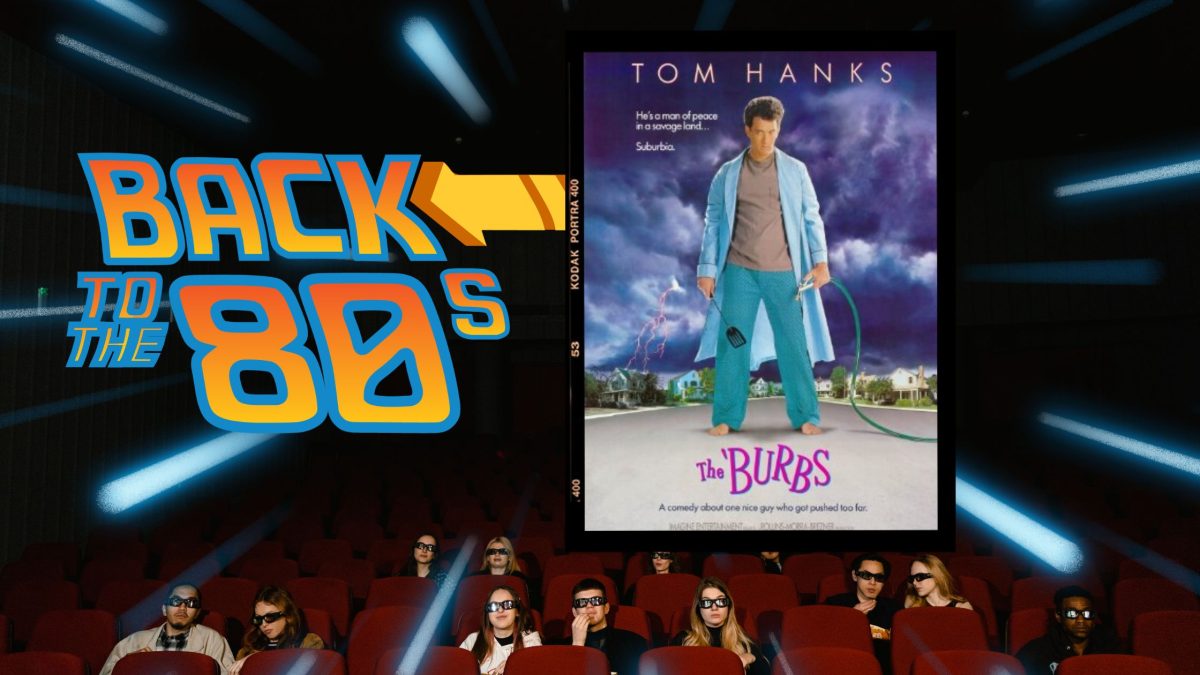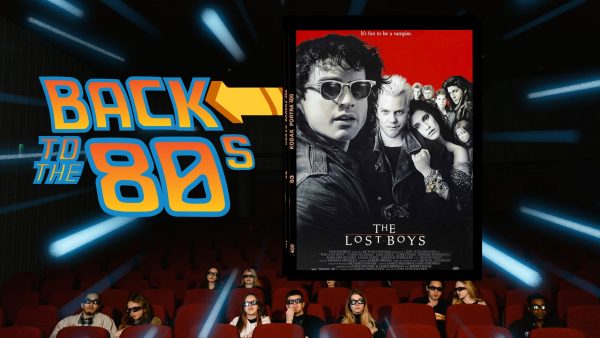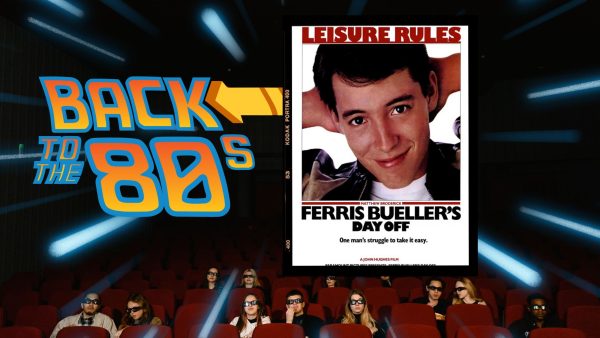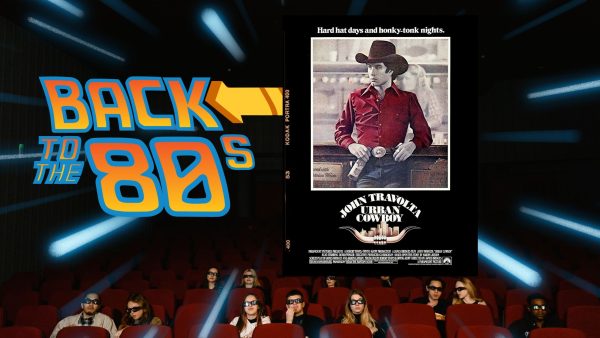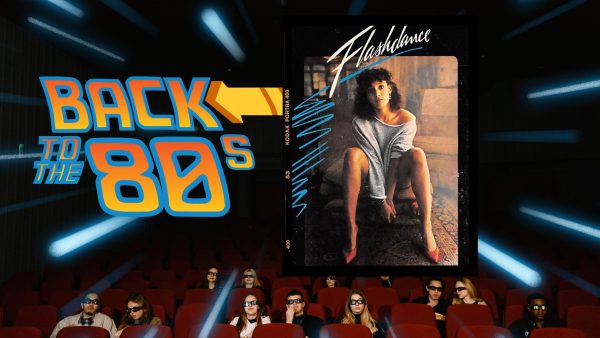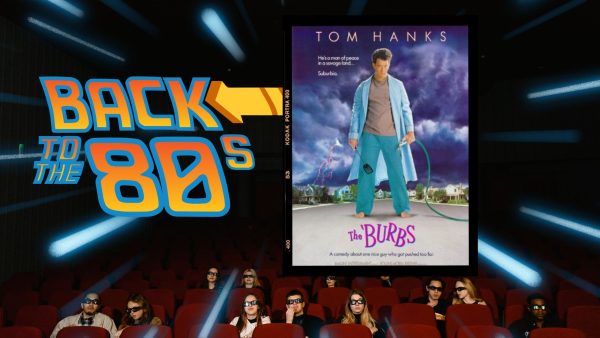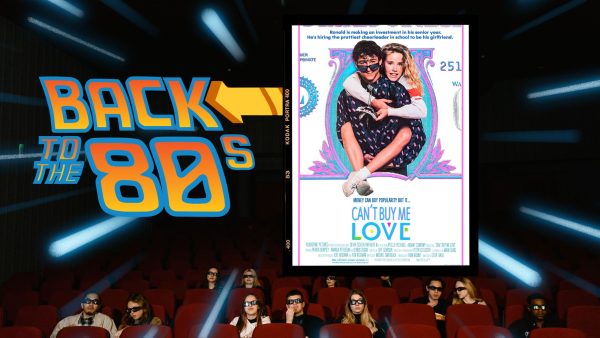Factual accuracy
October 10, 2012
As Election Day approaches, campaigns for candidates and propositions are doing their best – and spending millions of dollars – to be victorious.
Airwaves are packed with misleading political campaign ads attempting to capture undecided voters.
California is getting a barrage of ads, not only for the presidential election but also the upcoming district, proposition and senatorial elections.
According to the nonpartisan, nonprofit organization, the National Institute on Money in State Politics, the total amount of money spent in California this election season has already reached more than $243 million.
All this spending means television viewers must suffer through relentless advertising while local and cable television stations rake in revenue.
The ads probably wouldn’t be as annoying if they weren’t so distasteful.
Political campaigns don’t often give positive portrayals of the issue or person they are supporting.
A positive political ad that does come to mind is Rancho Cordova councilmember, Ken Cooley’s message about his run for the State Assembly. This ad simply lays out his performance history and why this is enough to support him again.
Instead, television constantly has negative political ads that are bitter bashings on the campaigns of individuals or ideas.
Negative political ads are often misleading with facts in order to make a point, leaving viewers with no helpful information.
There isn’t a place for this kind of advertisement, especially in politics.
Democratic U.S. Rep. John Garamendi’s campaign recently had to remove a negative political ad that took aim at his opponent for the 3rd Congressional District, Republican Kim Vann.
The 30-second ad made false claims that Vann used county money to purchase herself a $4,000 chair.
In reality, the county’s money went toward chairs for the board member’s meeting chambers for the 2007-2008 fiscal year, according to documents from the county comptroller.
The ad has been taken off television since Vann’s demand for Garamendi to retract the false claims.
There really isn’t a point to make political campaign ads that are factually unstable, especially considering that fact-checkers are everywhere trying to catch mistakes.
Now even the average person can be an expert fact-checker by using an app.
A new app called Ad Hawk provides users with financial and contextual information about political ads they’re watching, according to its description in the App Store.
Ad Hawk works in a way similar to how Shazam tells us what songs we’re listening to.
This new technology can at least help viewers better understand the intentions behind all of the ads they are watching.
Political campaigns shouldn’t be permitted to mislead on the airwaves, but broadcast stations profit too well off the relationship to do anything to change the situation.
A recent report published by Free Press, a nonpartisan organization that works to reform the media in the United States, explores the relationship between political ads and television broadcast.
According to Free Press, political ad revenues for owners of broadcast TV station increased 50 percent for the first half of 2012 compared to the first half of 2010. The same growth is expected for the third quarter of this year.
There is a clear result of the Citizens United case, which led to an explosion of Super PACs and huge amounts of campaign money that’s now in television markets.
Earlier this year, broadcast television stations even battled the Federal Communications Commission about providing viewers information disclosing political television ad sources for finance.
In the markets studied by Free Press, broadcast news also devoted almost no airtime to fact-checking segments on political ad claims.
Broadcasters’ refusal to educate viewers on issues, to an extent further than superficial political ads, is harmful to their viewers.
It is disappointing that misrepresentation of the facts in political ads has gotten bad enough for the creation of an app to correct it.
But having a tool to combat these televised flurries of falsity, which remain uncorrected by broadcasters, is at least reassuring.
Samantha can be reached at: [email protected]





























































































































